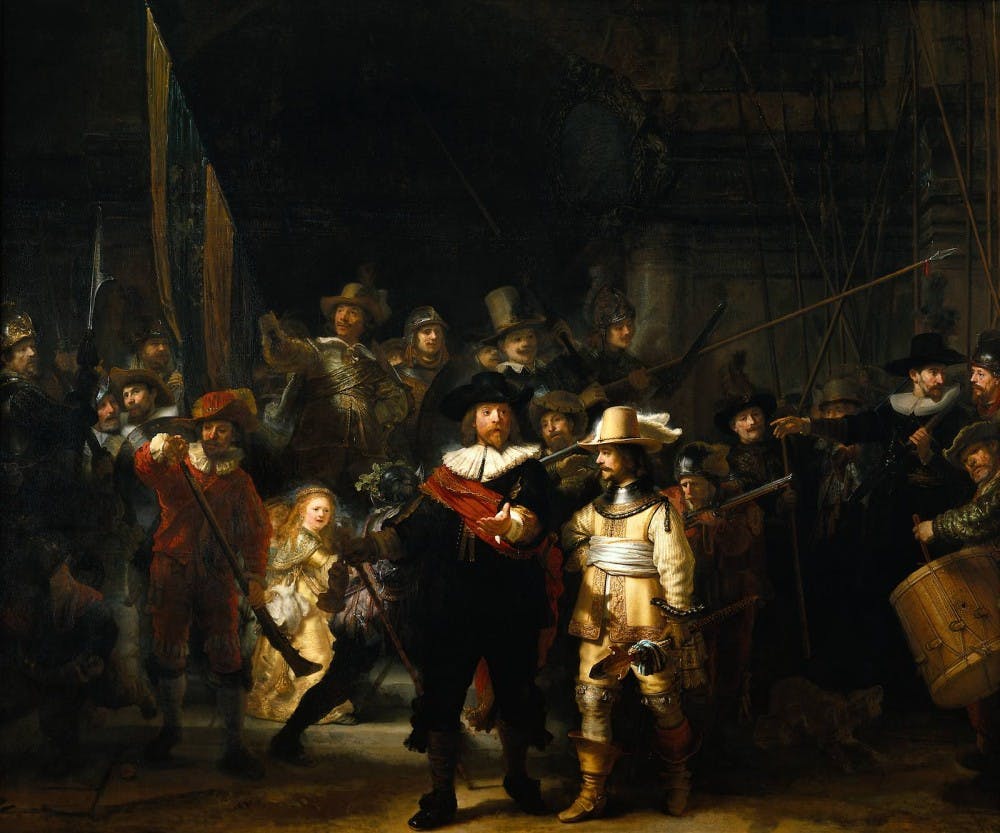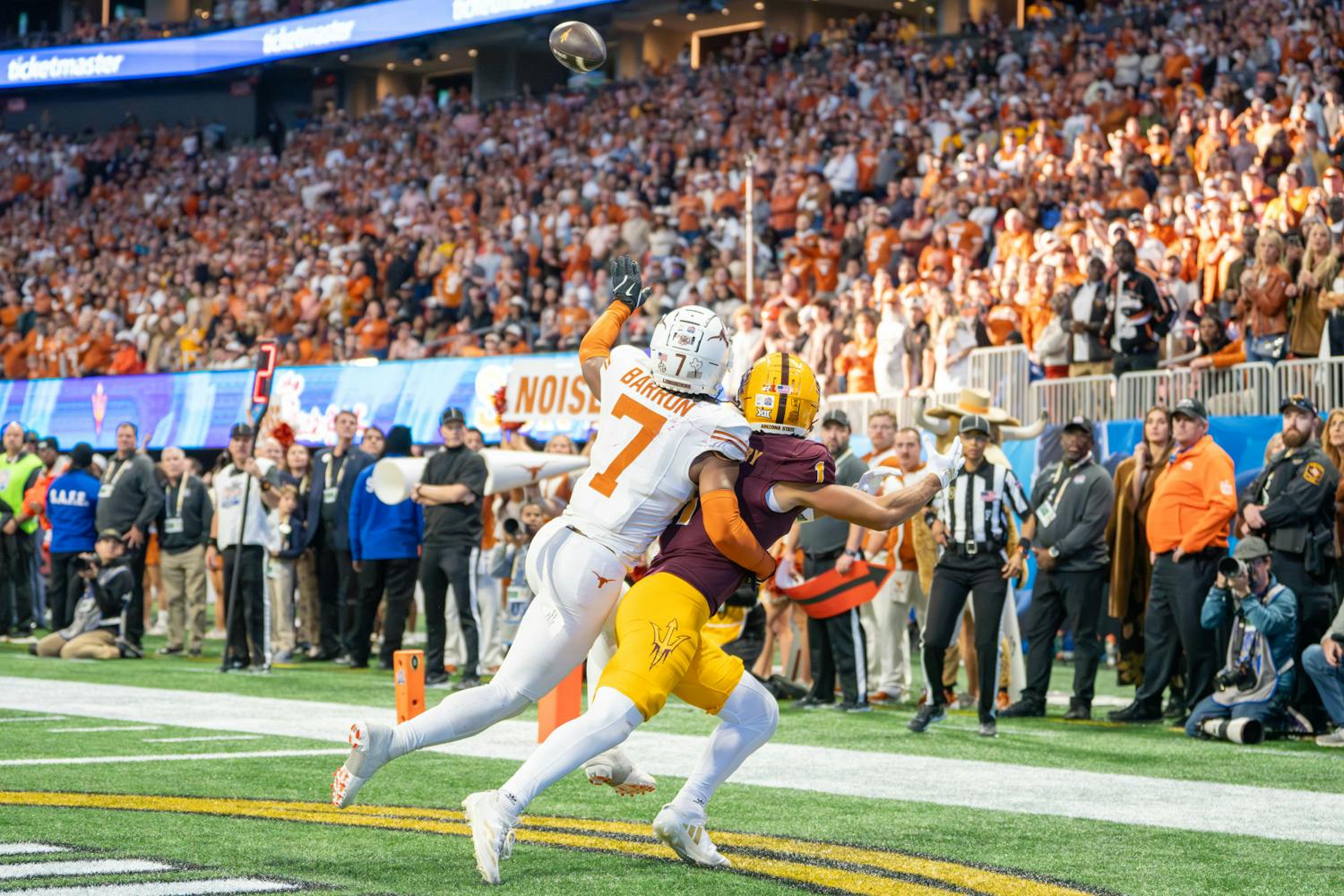Baroque (1600-1750) was an art movement that came after the Renaissance. It took techniques like realism and chiaroscuro and combined them with the intense drama and emotion of the Mannerists (a group of artists that chose to deviate from the harmony and perfection of the Renaissance). Because Baroque combines Renaissance and the Mannerist ideals, it yielded some of the most ostentatious and ornate pieces of art. Art became more of a way of life during the 17th century. The point of Baroque art was to elicit an emotional response. To do so, artist perfected the use of chiaroscuro and became masters of light. Technically, the Baroque era began in Rome around the 1600s. Then it spread to France and to the rest of Europe. In this post we will be focusing on Italian, Flemish and Dutch Baroque, and in the next post we will finish the entire time period with English, Spanish and French Baroque. This will give you a little taste of what the Baroque era had to offer and how each country and artist took their own spin on the Baroque style.
As mentioned previously, Rome is where the Baroque style started. The skills of artists were at an unprecedented level. They were able to portray the human form accurately from complex perspectives and angles. It was inevitable that artists would begin experimenting with emotion and drama. In fact, Baroque art is characterized by their emphasis on emotion and dynamism—straying away from the rationality of the Renaissance masters. The best example of an artist who took realism to a whole different level is Caravaggio. Caravaggio paints in an astonishingly vivid and real manner. He played with light and shadows to produce intense and dramatic pieces of work. Below is Caravaggio’s “The Conversion of St. Paul.” His radical portrayal of a holy man as a commoner in sharp contrasts between light and dark changed European art.
Flemish Baroque style is concentrated in the southern Netherlands, called Flanders, which later became Belgium. There is one man that embodies what Flemish Baroque is: Sir Peter Paul Rubens. It is said that he simply radiated energy. His works were in high demand and over 2,000 paintings were commissioned. Rubens paintings were typically Baroque in style: intense play on light and dark, curvilinear rhythms and the intense emotional subject matter (often times religious). Rubens is best known for his full bodied nudes. The bodies are plump and round, usually in motion, which can be seen in "The Descent from the Cross."
Finally, we have Dutch Baroque art. Dutch Baroque art is slightly different from its neighbor, Flanders. Dutch Baroque is still centered on realism, but its subject matter is much more commonplace. It strays away from the religious and focuses more on common life. What the Dutch perfected was not this sense of drama and emotion, but the realness of its subject matter. The textures and look of their still lives are, for lack of better terms, insane. The detailing and precision of each painting makes it look like you can reach through the canvas and grab an apple. The most famous Dutch Baroque artist is, without a doubt, Rembrandt. Rembrandt mastered lighting, composition and color. His most famous piece of art is “The Nightwatch.” This painting uses the typical Baroque elements: dramatic light, movement and dynamic poses. But there is so much more going on. We see a zig-zagging of diagonals through the use of yellows and reds. The painting may seem chaotic, but these diagonals of color serve to anchor the piece. Rembrandt is known for the extraordinarily deep emotions in his paintings.
You can reach the blogger at mmtran@asu.edu.








